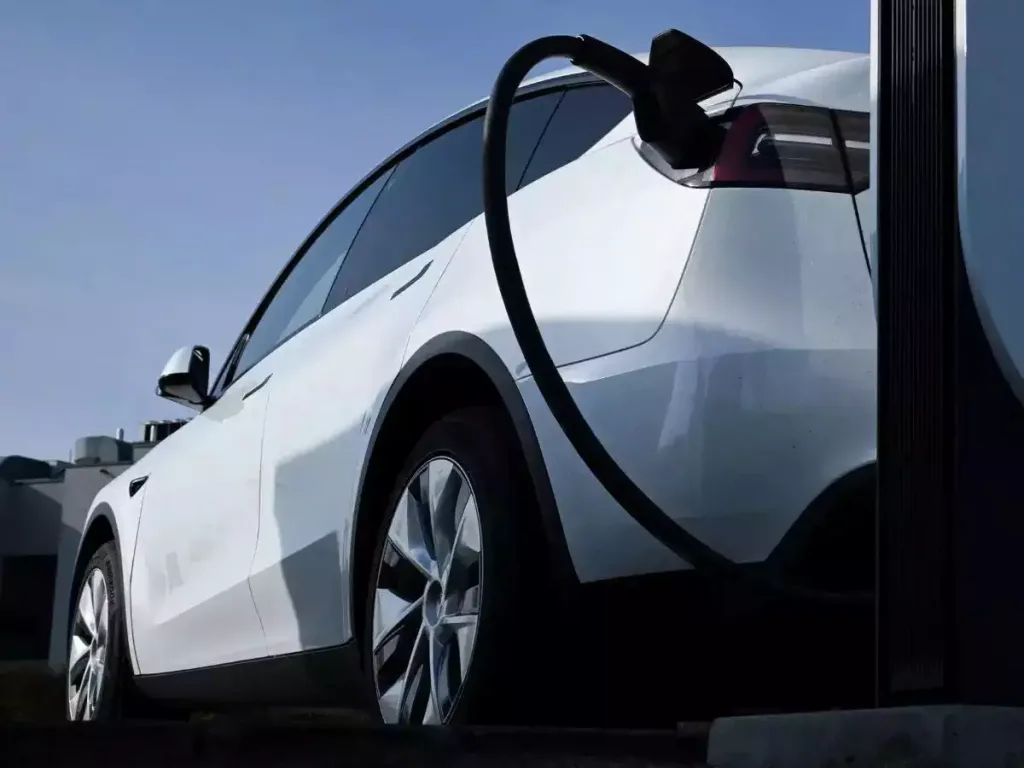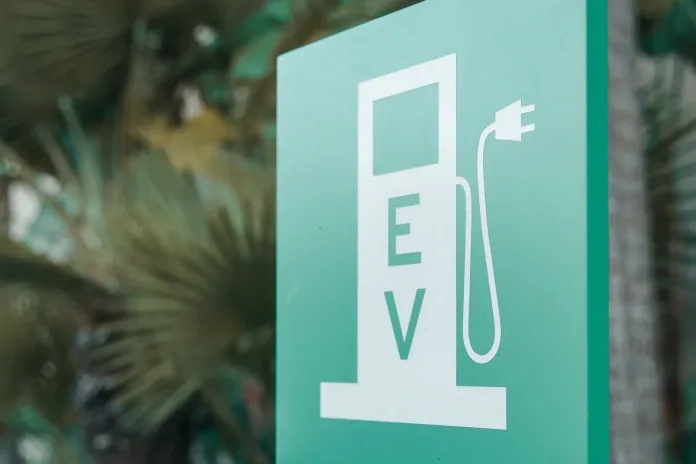In a bold move that signals India’s commitment to becoming a global manufacturing powerhouse, Finance Minister Nirmala Sitharaman has announced significant import duty cuts on components used in manufacturing electric vehicle batteries and mobile phones. This decision, revealed on March 26, 2025, eliminates import duties on 35 items used in EV battery manufacturing and 28 components required for mobile phone production.
For Rajesh Kumar, who runs a small EV assembly unit in Pune, this announcement couldn’t have come at a better time. “We’ve been struggling with high input costs for years,” he says, his eyes lighting up as he explains how the duty cuts could transform his business. “This could mean hiring more workers and finally expanding our production line.”
Key Import Duty Exemptions Announced for 63 Components
The government’s decision represents one of the most significant shifts in India’s import policy in recent years. The exemptions cover a wide range of components critical to two of India’s fastest-growing manufacturing sectors.
“These import duty cuts are designed to enhance the competitiveness of domestic manufacturers and boost exports,” said Sitharaman during the announcement. The move comes amid discussions about reducing tariffs on more than half of U.S. imports worth $23 billion in the first phase of a trade deal between India and the United States.
The timing is particularly strategic, as it precedes potential reciprocal US tariffs set to take effect from April 2, 2025.
| Sector | Number of Components Exempted | Previous Duty Range |
|---|---|---|
| EV Battery Components | 35 | 5-15% |
| Mobile Phone Parts | 28 | 10-20% |
Industry analysts note that these exemptions could reduce manufacturing costs by 8-12% for EV batteries and 5-7% for mobile phones, potentially leading to lower prices for consumers while improving profit margins for manufacturers.
Electric Vehicle Manufacturing to Benefit from New Policy
The electric vehicle manufacturing sector stands to gain substantially from these duty cuts. With 35 EV battery components now exempt from import duties, manufacturers can reduce production costs significantly.
Priya Sharma, CEO of GreenDrive Electric, explains the real-world impact: “Battery costs account for nearly 40% of an electric vehicle’s price tag. These import duty cuts could help us reduce our final prices by 5-8%, making EVs more accessible to middle-class Indian consumers.”

The exemptions cover critical components including:
- Lithium-ion cells and battery management systems
- Thermal interface materials
- Electrode materials including cathode and anode components
- Specialized cooling systems
The impact of import duty cuts on EV manufacturing in India could accelerate the country’s electric mobility transition. Industry projections suggest that with reduced component costs, EV production could increase by 25-30% within the next two years, potentially creating over 50,000 new jobs in the sector.
Mobile Phone Manufacturing Gets Boost Through Duty Cuts
Similarly, the mobile phone manufacturing sector in India is expected to grow exponentially following these duty exemptions. The 28 components now exempt from import duties include critical parts like camera modules, display assemblies, and specialized electronic components.
“India is already the second-largest mobile phone manufacturer in the world, but we’ve been importing many high-value components,” says Vikram Mehta, an industry consultant. “These import duty exemptions for mobile phone parts will help us move up the value chain and produce more sophisticated devices domestically.”
The benefits extend beyond just the major players. Smaller contract manufacturers and component suppliers will also see reduced input costs, potentially enabling them to scale operations and improve quality.
Analysts predict that these changes could help India increase its mobile phone exports from the current $15 billion to over $25 billion annually within three years.
India Manufacturing Policy Shifts to Support Local Production
These import duty cuts represent a significant evolution in India manufacturing policy. Rather than focusing solely on import substitution, the government is now adopting a more nuanced approach that recognizes the importance of global supply chains.
“This is a mature policy shift,” explains Dr. Anjali Tandon, an economist specializing in trade policy. “The government is acknowledging that to become competitive globally, our manufacturers need access to the best components at global prices.”
The domestic production incentives created through these duty cuts align perfectly with the government’s ‘Make in India’ initiative, which aims to:
- Increase the manufacturing sector’s contribution to GDP
- Create millions of additional manufacturing jobs
- Develop India as a global manufacturing hub
“What’s particularly smart about this approach is that it targets components rather than finished products,” adds Dr. Tandon. “This ensures that actual manufacturing and value addition happen within India, rather than simply assembling imported kits.”
Economic Impact and Industry Reactions
The economic implications of these import duty cuts extend far beyond the immediate industries affected. By reducing input costs for two high-growth sectors, the government aims to:
- Stimulate manufacturing growth and job creation
- Reduce India’s trade deficit through increased exports
- Promote sustainable transportation through EV adoption
- Strengthen India’s position in global supply chains
Industry reactions have been overwhelmingly positive. The Confederation of Indian Industry (CII) called the move “visionary” and “precisely what was needed to boost manufacturing competitiveness.”
Stock markets responded favorably as well, with shares of major EV manufacturers and mobile phone companies rising 3-5% following the announcement.
International investors are taking notice too. “We’ve been considering expanding our component manufacturing in India, and this policy change makes that decision much easier,” says James Chen, VP of Operations at a major Taiwanese electronics manufacturer.
Future of EV Battery Production in India Post Duty Cuts
Looking ahead, the future of EV battery production in India post duty cuts appears promising. The government’s decision could accelerate India’s plans to establish gigafactories for battery production.
“With these duty cuts, India is positioning itself to become a major player in the global EV supply chain,” says Rahul Verma, an automotive industry analyst. “We could see multiple gigafactories announced within the next 12-18 months.”
The timing aligns with global trends toward electrification and the restructuring of supply chains. As automotive manufacturers worldwide seek to diversify their supplier base beyond China, India’s policy changes make it an increasingly attractive alternative.
Conclusion
The import duty cuts on EV battery components and mobile phone parts represent a significant shift in India’s approach to fostering domestic manufacturing. By recognizing the importance of global supply chains and competitive input costs, the government has taken a pragmatic step toward making India a manufacturing powerhouse.
For consumers, manufacturers, and the broader economy, the benefits could be substantial. Lower prices, increased production, job creation, and environmental benefits all stand to flow from this policy change.
As Rajesh Kumar from Pune puts it: “For the first time, I feel like the government truly understands what small manufacturers need to succeed. This isn’t just about big corporations—it’s about building India’s manufacturing future from the ground up.”
Also read- Mitsubishi Foxconn EV Partnership: Reshaping Automotive Future
FAQs
Which specific components are exempt from import duties?
While the complete list of 63 components hasn’t been released publicly, key items include lithium-ion cells, battery management systems, and thermal interface materials for EV batteries. For mobile phones, camera modules, display assemblies, and specialized electronic components are among the exempted parts.
When will these import duty cuts take effect?
The import duty exemptions are effective immediately following the announcement on March 26, 2025.


